The character of Mycroft Holmes is well known to fans of the Sherlock Holmes stories, even though he only appears in four of them - The Adventure of the Greek Interpreter; The Adventure of the Bruce-Partington Plans; The Final Problem and The Adventure of the Empty House (mentioned only). According to Sherlock, his brother has superior reasoning powers but is too lazy to test his theories, as he observes in The Adventure of the Greek Interpreter:
“...he has no ambition and no energy. He will not even go out of his way to verify his own solutions, and would rather be considered wrong than take the trouble to prove himself right. Again and again I have taken a problem to him, and have received an explanation which has afterwards proved to be the correct one. And yet he was absolutely incapable of working out the practical points . . .”
There are quite a few movie and TV versions of the Holmes story around now, and just in the last couple of years I’ve watched many of them. This book shows a very different Mycroft to any of those other incarnations, although the Mycroft played by Mark Gatniss in the BBC’s production of Sherlock could be close, though older. This Mycroft is young, only 23, is ready to take decisive and immediate action, and appears to be very ambitious. He is also engaged to a beautiful young woman, a fact that seems at odds with the little we know of Mycroft from the Doyle canon. In fact, at the end of this book I was left wondering what happened to Mycroft over the next few years to change him into the character described by Doyle.
Sherlock only appears briefly in this book - 7 years younger than Mycroft, he is still at school. Mycroft visits Sherlock to tell him he (Mycroft) will be away in Trinidad for several months. He gives Sherlock some training in reasoning and deduction and tries to convince him that it is worth his attention. He also gives a reluctant and non-accomplished Sherlock a boxing lesson. So it appears from this version of the story that we have Mycroft to thank for the Sherlock we know in the canon. Despite the absence of Sherlock for most of the story, Mycroft often thinks of him and you get the impression that the brothers are close. It seems that Mycroft attempts to care for Sherlock and to make up for the lack of any care or attention from their parents.
Of course a Holmes character needs his Dr Watson. Mycroft has his friend Cyrus Douglas in this roll. Douglas is older, in his 40s, and is a black man from Trinidad. He and Holmes originally meet when Holmes discovers Douglas is an importer of tobacco products who has managed to obtain a supply of Holmes’ favourite brand of cigar, a brand that has become increasingly difficult to find in London. Douglas seems to be an intelligent character and a tough street fighter. This comes in handy over the book.
Holmes’ fiancée, Georgiana, is also from Trinidad, but from a vastly different social class to Douglas: she is the daughter of white plantation owners. She has come to England to study at Girton, a female College at Cambridge. This was a character I definitely wasn’t expecting, as Doyle’s Mycroft is definitely a bachelor.
The story starts in London, then moves to a steamship en route to Trinidad, then to Trinidad itself. Douglas has heard from relatives at home that several children from their village have been killed and that many people have vanished. Supernatural forces seem to be at work, as the locals fear a douen, a child demon condemned to walk the earth forever on backwards-facing feet, is tempting children to come play, leaving them to be killed by a lougarou, a form of blood sucking demon. When Holmes shares this story with Georgiana, she appears terrified and declares she must return home immediately. Of course Holmes follows after her, taking Douglas along with him. From then on, action piles on action as Holmes and Douglas have to fight for survival against unknown assailants, in their quest to find Georgiana and discover what exactly is happening in Trinidad. Apart from the missing villagers and dead children, there are suspicious money trails and hints of political corruption and general shenanigans. The body count quickly starts to rise as they stumble from one encounter to the next. Holmes is also poisoned at one point in the story, with a poison which is extracted from the decorative red and black jumbie beads. Jumbie beads come from a plant which grows in Trinidad, and it might just be a coincidence that Georgiana always wears a bracelet made from the beads?
Although undoubtedly clever, Holmes is also very young and naïve at the beginning. By the end of the book, he has definitely changed into a much tougher and experienced man, into someone who, if anything, is even less like Doyle’s character than he was at the start. There are two more books currently in this series, so it will be interesting to see if Holmes changes over these to become more like the sedentary Mycroft of the original stories. Or perhaps, the image of Mycroft we have from those stories is a biased one, given to us only by Sherlock. After all, most of the modern interpretations of the Holmes story show clear sibling rivalry between the brothers.
The plot kept me engaged and I found this to be a quick, enjoyable read. Like many modern pastiches, it dealt with a few issues that Doyle did not generally use, such as the rights of women and of slavery. Slavery is a major part of the plot, as Holmes and Douglas realise that a group of ‘businessmen’ have a plan to reintroduce the practice of slavery. The story is set in 1870, just a few years after the end of the US Civil War. But that’s only one part of the convoluted story that Mycroft eventually works his way through to clear up all the loose ends. The book also has some racial commentary, as Douglas has to deal with prejudices due to his colour, having to occasionally pretend to be Holmes’ servant when they are in public. But despite this, the story manages to stay light hearted most of the time. There was one element to the story that I thought was purely an invention of the authors - the Brotherhood of the Righteous Fist, a secret society of Chinese Trinidadians who are experts in martial arts. But I’ve just Googled the name and I find that it seems to be linked to the Boxers and the Boxer Rebellion of 1899 - 1901. It’s not that much of a stretch, then, to think that similar groups would form in other countries where there was a large Chinese population, so I’m willing to suspend disbelief and accept them as a valid plot element.
Highly recommended, for both fans of Holmes and for people just after a jolly good, light-hearted story. I’m looking forward to reading the rest of the series.

 RSS Feed
RSS Feed Facebook
Facebook Instagram
Instagram YouTube
YouTube Subscribe to our Newsletter
Subscribe to our Newsletter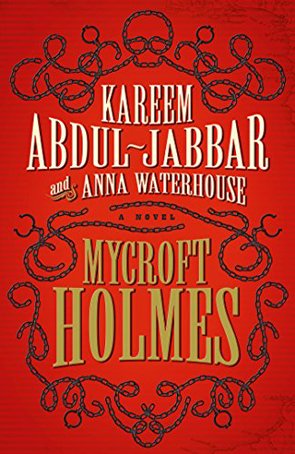



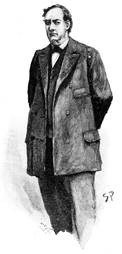
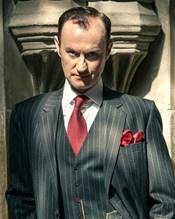
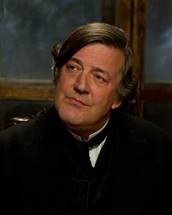
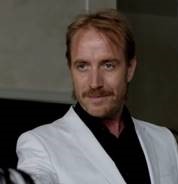
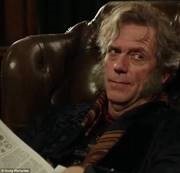
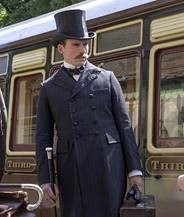
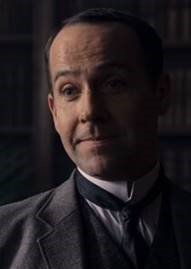


No one has commented yet. Be the first!